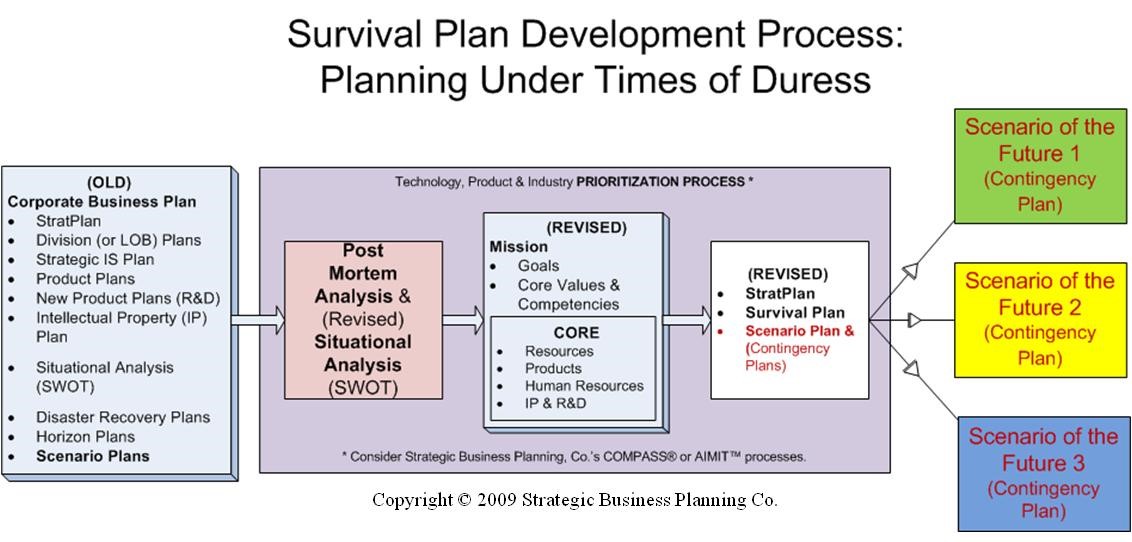When you look at the future of cars
(and trucks) there’s a couple things that you can learn from the Jetsons. Yes,
the cartoon characters of the future. Self-driving. Not limited by Gravity.
There are several things that would
be reasonable to expect in the future of autos:
1. 1. Huge
computing capabilities.
2.
Mountains
and mountains of data.
3.
Lots
of sensors.
4.
Vehicles
that can talk to each other, directly and indirectly. Kind of the Internet of
things on (mobile) steroids. (If the
traffic ahead is stopped, it would be good to know before you get there.)
5.
Electrification
on the way to sustainable/renewable transportation.
6.
Self-driving
7.
New
vehicle uses and business models.
Although there is much overlap, we’ll
focus on only two points at the moment, but from a stock-and-market
perspective: the self-driving car and batteries (range). Look at the article on IntellZine from 2017: Intel and Mobile Computing: An Eye on BIG Computing on the Move.
Autos and Self-Driving. Everybody thinks of Tesla related
to self-driving, but there are others. See excellent Wikipedia Self-Driving article. Lots of investors are trying to jump into the
early stages and even the late stages of this market. But let’s start with
Tesla.
Tesla’s market cap at the end of
2020 exceeded $650B, making it larger (based on stock value) than the top 10
automakers combined. In an industry that is expecting to sell only 14.5
million units in 2020, it is a little hard to justify this crazy high market
pricing. The Price-Earnings ratio is 1,300; but based on expected earnings, the
PE is more rational for a growth stock at 160 times. However, if the rapid
growth (130% yoy revenue growth) continues, the PEG ratio is closer to 1.3. For
a smaller company expecting 100% or more revenue growth for several years is
not impossible in some cases, but for a larger company going into a maturing
industry, not so likely. So, buy tesla at these elevated levels at your own
risk.
The Tesla car has been referred to
as an iPad on wheels. Much of the smarts behind the Tesla user interface is
from Apple. Apple is by far the largest company in the world with $2.3T market
cap. So, wouldn’t it be interesting if Apple decided to get into the Electric
car business, as rumored (but not officially announced) in December 2020.
Apple, in the meanwhile is developing their own chip sets so they can separate
themselves from the big chipmakers, chips that are more efficient and faster.
At the same time, Apple is partnering with manufactures of sensor technologies.
Apple appears to be designing its own break-through battery technology. The
current (announced) plan appears to be an Apple car release in 2024. (See the
Reuter’s article
about this.)
So let’s see, the key 3 ingredients
to the car of the future are: the software, the user interface/ecosystem, and
the battery. Throw in the ability to market and sell. Anybody can manufacture
the car, well, anyone with the factor and skilled factory workers. Apple looks
like a safer buy even at a PE of 44 and 33 forward PE (back out the $100B cash,
though). The PEG ratio is way high 3.3 because of -7% revenue growth last
quarter, but it has historically been about 2.0 which is very reasonable for a
mature but growth company.
The other way to play these trends
is to go for the break-through technology companies in the battery and sensor
space. A couple that have gone absolutely nuts after a reverse merger this year
are LAZR and (QS). QuantumScape (QS) has patented technologies and manufactures
solid-state lithium-metal batteries, especially for the auto industry (up about
1,000% over 6 months). Luminar Technologies (LAZR) designs, builds and sells
long-range lidar products for autonomous driving (up about 300% since
Thanksgiving). Both have stabilized a little, so consider buying them on
weakness.
Related to battery technology is
fuel cell. Fuel cell technology functions like a battery or a battery backup,
all you need is hydrogen. This year, fuel cell technology has gone absolutely
bonkers. FuelCell (FCEL) is up from $2 to $12 in a month. Bloom (BE) is up from
$5 in March to $30. Plug Power (PLUG) is up from $5 in June to $35 in December.
Over the years you could have lost a lot of money owning these companies; maybe
the time for fuel cell is finally arriving.
In short, if you love Tesla, go buy
the car. Lots of companies can, and will make the cars of the future, including
electric and self-driving. The Tesla company does have room to grow in lots of
directions (Trucks, Solar, HVAC), but there is already a MASIVE amount of
growth already priced in.




